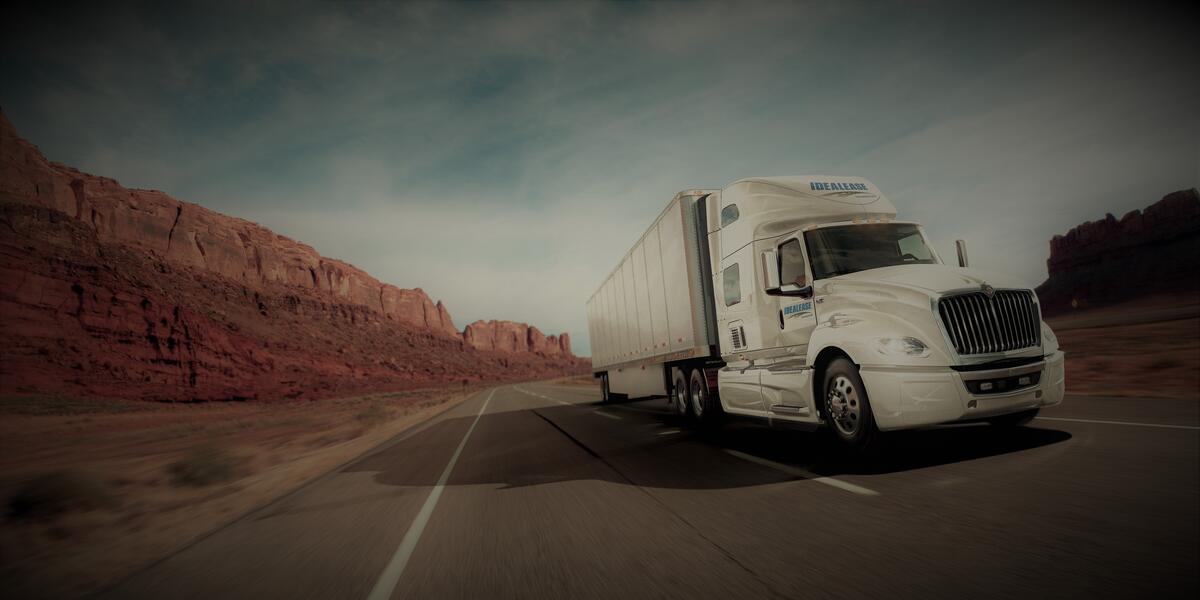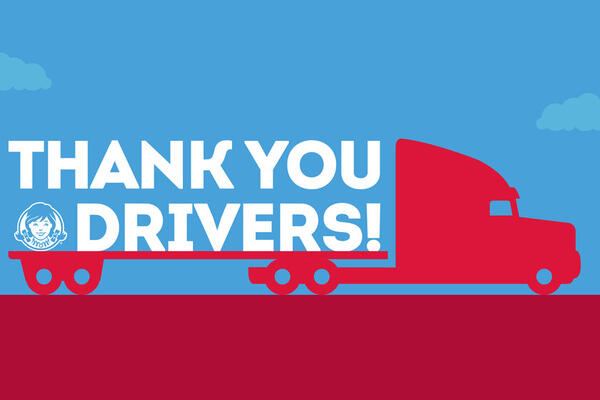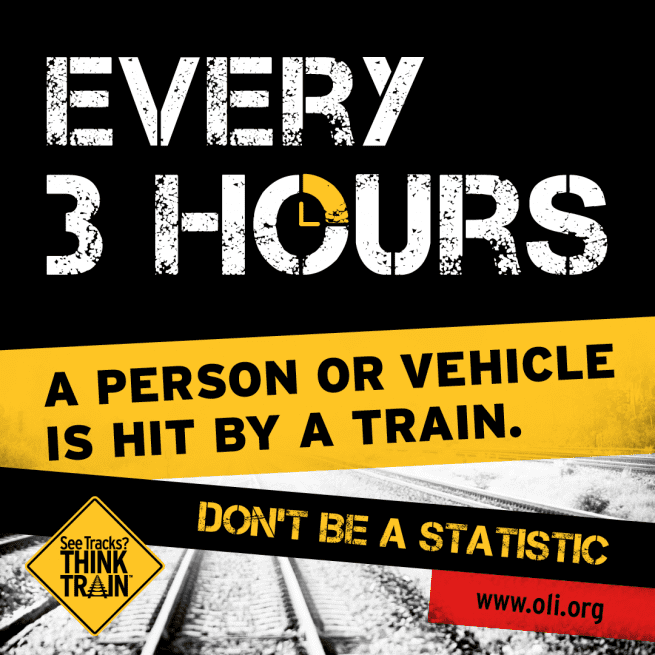National Truck Driver Appreciation Week is when America takes the time to honor all professional truck drivers for their hard work and commitment to tackling one of our economy’s most demanding and important jobs. These 3.1 million professional men and women not only deliver our goods safely, securely, and on time, but they also keep our highways safe. Make plans now to do something special for the drivers that work for you!
Driver Recognition Awards
Driver Appreciation week is a good time to review the award and recognition programs that you have in place. It is important that we recognize those drivers who have performed in a safe and compliant manner. Recognition awards are best used for safe driving. A recognition award should be an award that the driver or employee cannot get anywhere else. It is best if these awards are personalized. The benefits of recognition awards are that they are non-monetary and have a longer-lasting effect. A driver should not be able to go and buy this award on their own. The only way to receive the award and recognition is to meet the requirements for receiving the award. These awards can be further enhanced by presenting award group presentations with peers (i.e., meetings, banquets, etc.).
As a motor carrier, there are several state and Nationwide association award programs that you can enroll your drivers in. I would recommend that you contact your state trucking association for a listing of the awards programs that are available. There are a variety of awards programs available for your drivers through organizations such as the American Trucking Association (www.truckline.com) and the National Private Truck Council (NPTC). The NPTC has the Driver Hall of Fame and National Driver All-Stars driver’s awards programs that are available to NPTC members. Go to: www.nptc.org to enroll your driver.
Driver Incentive Awards:
Incentive monetary awards are best used to motivate a driver to perform. These types of incentive programs are successful in motivating the driver to achieve a specific goal such as a certain fuel mileage or clean roadside inspection.
FMCSA Seeks Comments on Proposed Guidance to Medical Examiners
The Federal Motor Carrier Safety Administration is seeking public comments on its draft Medical Examiner’s Handbook (MEH), which includes updates to the Medical Advisory Criteria. These documents provide information about regulatory requirements and guidance to medical examiners (MEs) listed on FMCSA’s National Registry of Certified Medical Examiners who perform physical qualification examinations of interstate commercial motor vehicle drivers.
First posted on FMCSA’s website in 2008, the MEH provided guidance to MEs on the physical qualification standards in the Federal Motor Carrier Safety Regulations and the conduct of the physical qualification examination. FMCSA has also issued guidance for MEs in the form of Medical Advisory Criteria, now published at 49 CFR part 391, Appendix A.
In 2015, FMCSA withdrew the MEH because some of the information was obsolete or was prescriptive in nature. MEs and training organizations were informed that the MEH was no longer in use and that they should not consider the MEH as agency guidance. The FMCSRs, in 49 CFR 391.41 through 391.49, provide the basic driver physical qualification standards for interstate CMV operators.
MEs currently make physical qualification determinations on a case-by-case basis and may consider guidance to assist with making those determinations. The goal of the updated MEH and related Medical Advisory Criteria is to provide information about regulatory requirements and guidance for MEs to consider when making physical qualification determinations in conjunction with established best medical practices.
The revised Medical Advisory Criteria, in addition to being included in the MEH, would also be published in Appendix A to 49 CFR part 391. The final version of the criteria would be identical in both publications. FMCSA is proposing to update both the MEH and Medical Advisory Criteria and seeks public comment on these documents.
Your Truck is No Match for a Train!
Ever think how many times a day on your route you cross a train track? Most of the time we take for granted that there is not a train coming and proceed to cross the track. Take time to download the driver’s guide and take the safety quiz for professional drivers.
Download: Stay Alive When You Drive- professional driver's guide and safety quiz at
(http://oli.org/e-learning-survey/ (12 pages, PDF format)
Safety Tips for Truck Drivers
- At 55 mph, it can take a mile or more to stop a train.
- Stop no closer than 15 feet (one car length) from the crossing. If you are in traffic, don’t start if you can’t safely clear the crossing.
- Note the overhang – both for your truck and a train – of 3 feet or more.
- Make sure that trailer jacks are in the up position - non-retracted trailer jacks can cause trailers to become stuck on crossings.
- Cell phones are the top distraction for all drivers.
- Trains and Trucks don't mix. Never race a train to the crossing — even if you tie, you lose.
- The train you see is closer and faster moving than you think. If you see a train approaching, wait for it to go by before you proceed across the tracks.
- Be aware that trains cannot stop quickly. Even if the locomotive engineer sees you, a freight train moving at 55 miles per hour can take a mile or more to stop once the emergency brakes are applied. That's 18 football fields!
- Never drive around lowered gates — it's illegal and deadly. If you suspect a signal is malfunctioning, call the 1-800 number posted on or near the crossing signal or your local law enforcement agency.
- Do not get trapped on the tracks; proceed through a highway-rail grade crossing only if you are sure you can completely clear the crossing without stopping. Remember, the train is three feet wider than the tracks on both sides.
- If your vehicle ever stalls on a track with a train coming, get out immediately and move quickly away from the tracks in the direction from which the train is coming. If you run in the same direction the train is traveling, when the train hits your car you could be injured by flying debris. Call your local law enforcement agency for assistance.
- At a multiple-track crossing waiting for a train to pass, watch out for a second train on the other tracks, approaching from either direction.
- When you need to cross train tracks, go to a designated crossing, look both ways, and cross the tracks quickly, without stopping. Remember it isn't safe to stop closer than 15 feet from a rail.
- ALWAYS EXPECT A TRAIN! Freight trains do not follow set schedules.
- If you get stuck at the crossing, get out, call the 800 number posted at the crossing, or call the local police to alert trains of your position. (Information provided by Operation Lifesaver)
Operation Lifesaver, Inc. is a national, non-profit safety education group whose goal is to eliminate deaths and injuries at railroad crossings and along railroad rights of way. Operation Lifesaver has programs in all 50 states, with trained and certified presenters who provide free safety talks to community groups, school bus drivers, truck drivers, and student drivers to raise awareness around railroad tracks and trains. For more information, and to request a free safety presentation, visit www.oli.org.
New Operation Lifesaver Video Warns Filming on Train Tracks in Illegal, Deadly
With the ever growing amount of social media, it is not surprising there have been several deadly incidents involving people making videos near railroad tracks. The national nonprofit rail safety education group Operation Lifesaver, Inc. (OLI) has released a new animated video to warn amateur filmmakers and smart phone users of the dangers and illegality of using train tracks for videos. The new video is the latest in a series drawing attention to illegal and dangerous activities involving train tracks.https://oli.org/video/view/no-video-is-worth-the-risk











